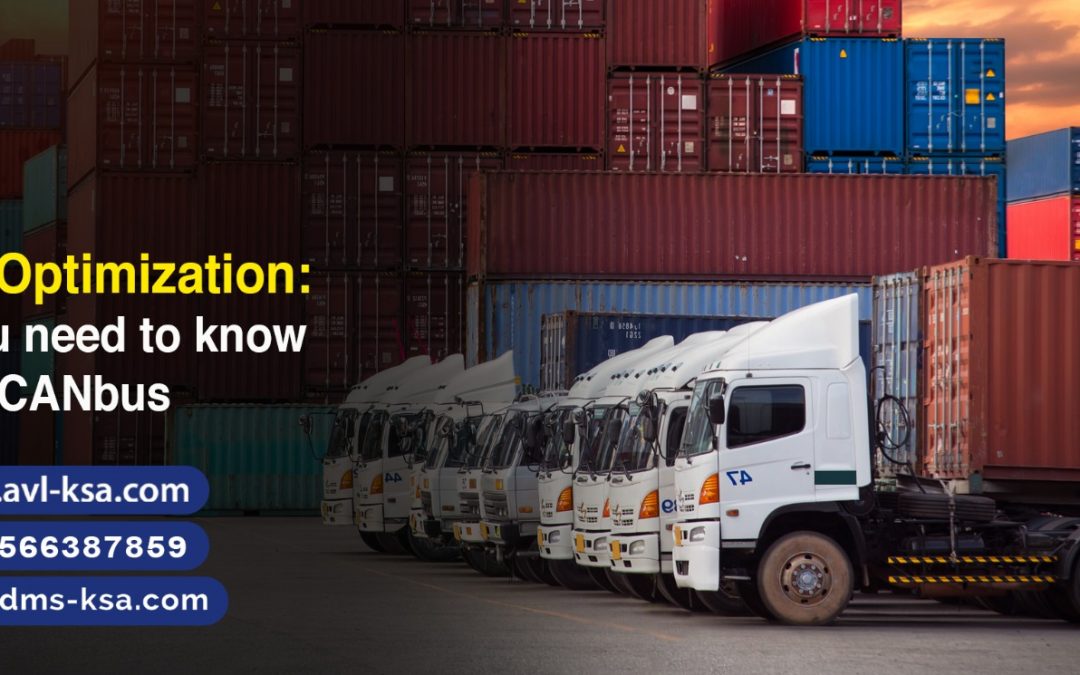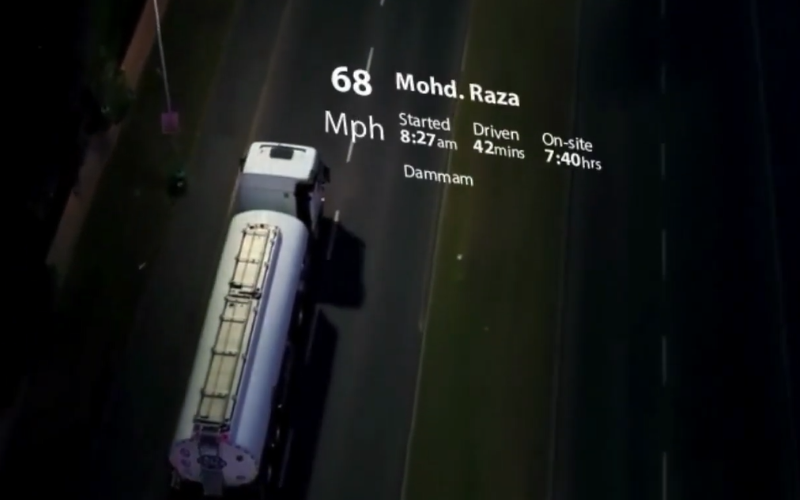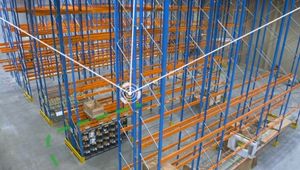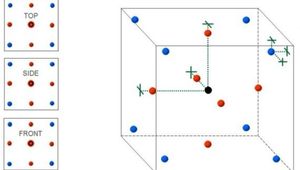
What is Expense Management and How it can be Beneficial for Fleet?
What is Expense Management and How it can be Beneficial for Fleet?
The pandemic’s lingering effects continue to have an impact on the cost and availability of goods and services, even though many parts of life have since returned to normal. Profits and operating costs have suffered from rapidly rising prices to a general sense of very real unease especially for the fleet managers; who are trying to run operations during these difficult circumstances.
In fleet telematics, Expense Management refers to the process of tracking and controlling the costs associated with a fleet’s automobiles and drivers. Insights into the hidden fleet costs can be identified by using the digital trails left by drivers. Eagle-IoT® Expense Management Solution can provide insights which can depict the escalating costs depending on the size of the fleet and annual trips made. It entails keeping account of expenses such as fuel, maintenance, repairs, and insurance.

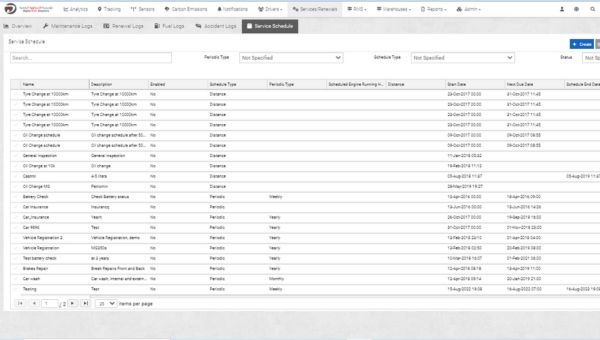
Besides this, Eagle-IoT® Expense Management Solution allows you to monitor and identify under-utilized and over-utilized fleet assets to save costs and reduce risk. On the dashboard graphical overview of expenditures and performance of an asset or a group of assets are visible allowing you to analyze your asset which have become liability to the company and need to be retired from the fleet.
Eagle-IoT® Expense Management Solution offers you to design whole year’s budget by using Service/Renewal module along with Analytics Dashboard, where each branch’s performance can be compared with expenditures. Just like performance comparison in an analytics dashboard, a comparison of expenditure is available between assets, and between branches.
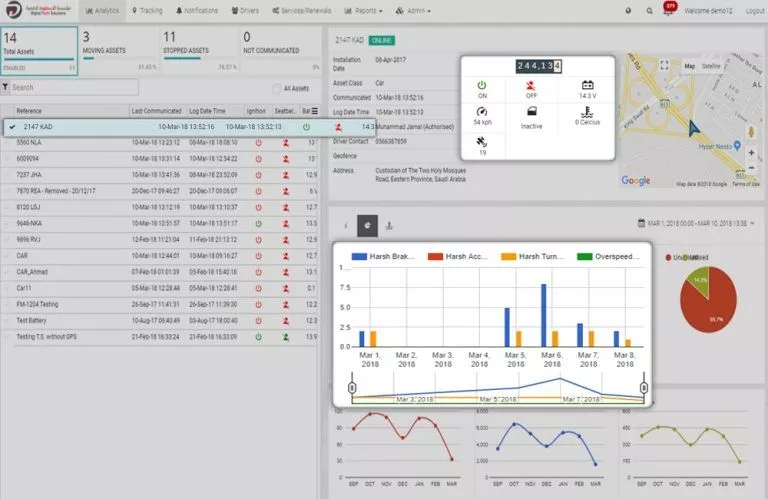
How to Implement Expense Management Solution in Fleet?
The following steps must be carried out by any organization in order to implement a telematics solution:
Define Goals: It is of foremost importance to identify the areas where the spending is too much and gain insight to where expenses can be reduced to make it cost effective and improve efficiency. Define the metrics/KPIs which can be used to assess the progress
Collect Data: After implementing the telematics solution, it is of crucial importance to collect data on vehicle utilization, fuel consumption, maintenance, and repairs.
Implement Changes: Finally, implement changes based on the analysis of the data. This may involve optimizing routes, reducing idle time, or improving driver behavior.
Analyze Data: The next step is to analyze the data to identify cost-cutting areas. Look for trends and patterns in the data and use this information to make informed decisions about fleet management.
Choose the Right Telematics System: In the second phase, it is critical to determine the appropriate telematics service provider that fits your needs. Consider a system which offers solution for expense management that also includes the vehicle’s lifecycle management such as Eagle-IoT® which helps you in identifying under-utilized and over utilized vehicles
Benefits of Expense Management in Fleet Telematics
- Budgeting Tool
Building a fleet management budget doesn’t have to be complicated when you are using Eagle-IoT® Expense Management Solution. Eagle-IoT® allows you to use fleet data and operational insights of the previous year to outline your fleet budget for the next year


- Cost Reduction
Total cost of ownership for the fleet is a combination of fixed cost and variable cost, while fixed costs are established expenditures that don’t change regardless of usage; however variable costs can fluctuate and project directly on the budget.
For fleets, fixed costs may include Taxes, Fahas, Insurance, Depreciation, Licenses, Wasl Permits, Operation Cards, Loans, Lease payments, Driver’s Iqama while variable costs may be inclusive of Preventive Maintenance, Repairs, Fuel, Parking etc.
With Eagle-IoT® Expense Management Solution, companies can save money by tracking expenses and finding cost-cutting opportunities as Eagle-IoT® software can be used as an indicator of your fleet performance and maintenance provider. Maintenance costs that can potentially create the biggest dent in your budget can also be an indicator of wrong choice of vehicle. Eagle-IoT® provides you an opportunity to have an in-depth analysis of vehicles based on their model, maker, fuel usage and distance travelled to provide you the comprehensive vehicle usage reports. Moreover, workshops can be assigned and maintenance costs can be recorded in the Eagle-IoT® platform whose footprints can be later tracked for gaining valuable insight

- Improved Efficiency
Expense management in fleet telematics can also lead to improved efficiency. By monitoring vehicle usage and identifying opportunities to optimize routes, driver behavior, companies can reduce fuel consumption, accident statistics and increase productivity. Minor and Major Accidents can be logged in Eagle-IoT® platform along with the name of driver and vehicle which can be later accessed to identify the pattern and to make corrective measures. Besides this, by monitoring driver behavior and accidents patterns driver and fleet safety can also be improved.
- Better Decision Making
With access to real-time data, companies can make better decisions about their fleet and driver. Trends and patterns in the data can be identified to make informed decisions about vehicle usage, maintenance, and repairs.

